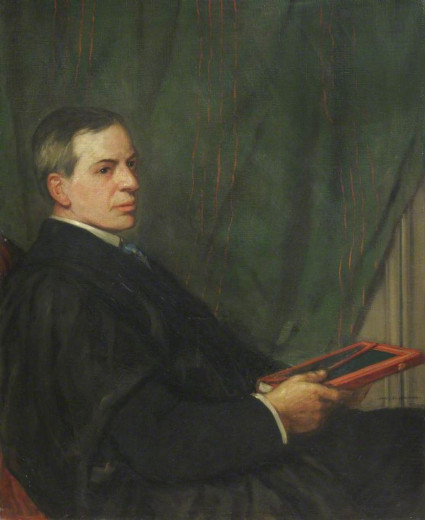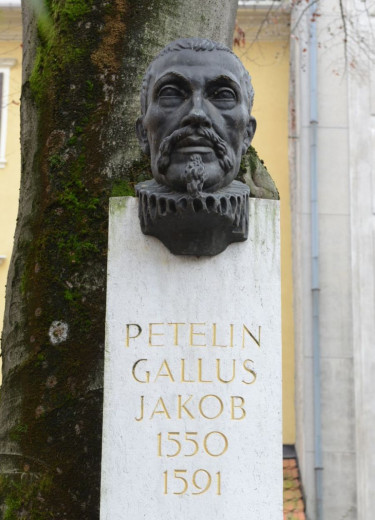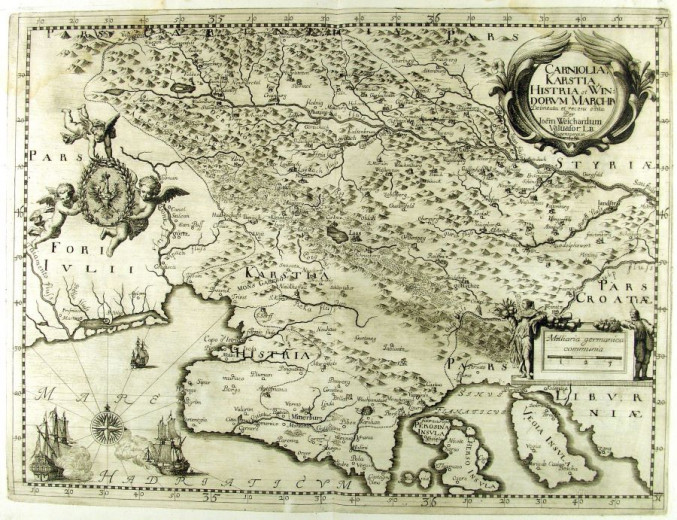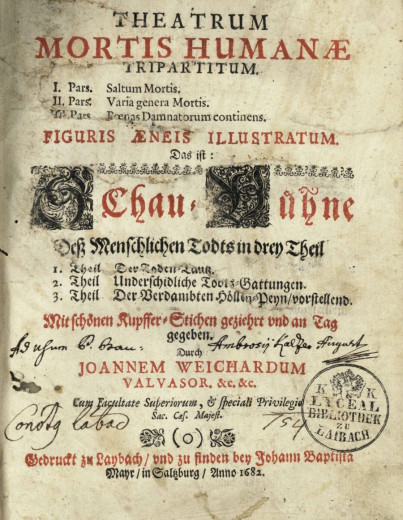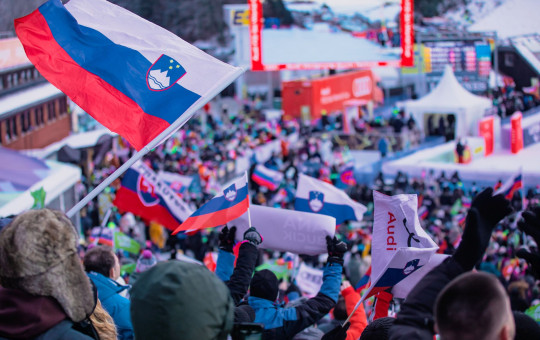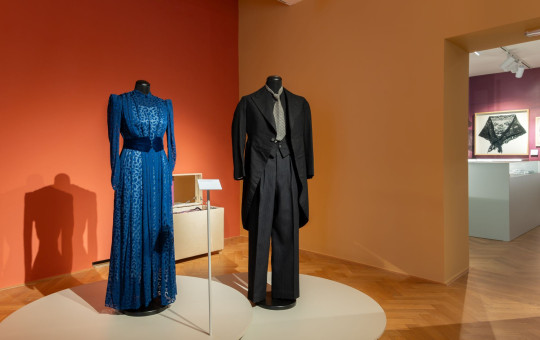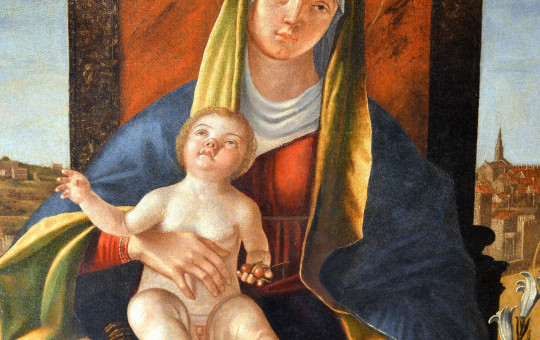Date: 13. September 2023
Time to read: 2 min
A cumulative catalogue of Frankfurt book fairs between 1564 and 1592 was issued in 1592. Ten years later, an overview of the books presented at what was already a prestigious event in the 16th century was issued. The titles were categorised by languages: Latin first, followed by German and then books in Italian, French and Spanish. Within these three sections, the books were further categorised into professions, i.e. theology, law, medicine, history, philosophy and music.
In reviewing the catalogues, we find that several books linked to the Slovenian territory were showcased as early as the 16th century at the Frankfurt book fairs that were then held biannually, in spring and autumn. Historical works include the description of Russia in Latin entitled Rerum Moscoviticarum Commentarii (Notes on Muscovite Affairs) by Sigismund von Herberstein, which was printed in Basel in 1571, music print by Jacobus Gallus (or Jacob(us) Handl) entitled Quatuor vocum liber from 1591 and several works by lawyer Martin Pegius of Polhov Gradec near Ljubljana, which were printed in Ingolstadt.
It must be mentioned that two linguistic works by Hieronymus Megiser, born in Stuttgart, were also in the catalogue.
The Dictionary of Four Languages, Dictionarium quatuor linguarum, consisted of words in German, Latin, Slovenian and Italian. Megiser summarised Slovenian from protestant texts, but also observed the spoken language. He also published a collection of proverbs and sayings in several languages entitled Paroemiologia polyglottos, consisting of Latin and Greek quotations by classical authors along with their translations in German, French and Italian, and what is particularly interesting for us, also in Slovenian. Both works were issued by the Styrian publisher Widmanstetter in Graz, Austria, in 1592 and were featured at the great Frankfurt Book Fair in the same year. The Slovenian language was thus present at this event as early as the 16th century.
Today’s Slovenian territory was interesting to the travellers who explored Europe in the 17th century.
He was mentioned in several travel and geographical books but let us draw the attention to the British physician and fellow of the Royal Society in London, Edward Brown, who also visited the then regions of Štajerska, Koroška, Kranjska and Friuli.
Brown stopped at the intermittent Lake Cerknica and in Idrija in the Kranjska region. The German translation of his work was showcased at the 1685 spring fair.
Special attention must be dedicated to two Slovenians: Janez Ludvik Schönleben (Johann Ludwig Schönleben) and Janez Vajkard Valvasor (Johann Weichard Valvasor), as the presentations of their books at Frankfurt book fairs proved interesting for the broader circle of the 17th-century humanists.
The publishers showcased six books by the historian, preacher and theologian Janez Ludvik Schönleben. Two works were included among the theology books in 1669 and the third one in 1683. Schönleben was an avid collector and expert on historical data and events about which he published several books, two of which were showcased at Frankfurt book fairs, i.e. Aemona vindicata sive Labaco metropoli Carnioliae vetus (1674) in 1675, and his most important work, Carniolia antiqua et nova, in 1682. The monograph about the Habsburgs, Dissertatio polemica de prima origine augustissimae domus Habspurgo-Austriacae (1680), was part of the 1680 spring catalogue, in which Ljubljana/Labaci was mentioned as the place of publication for the first time.
Among the theology books in the 1683 autumn catalogue of the Frankfurt Fair was the work by Janez Vajkard Valvasor entitled Theatrum mortis humanae tripartitum.
The list drafted for the autumn Frankfurt Fair in 1688 is stored in the archives of the Book Commission (Bücherkommission). Valvasor’s Topographia Archiducatus Carinthiae antiquae & modernae completa was also among the books published by Wolfgang Moritz Endter of Nuremberg. In 1689, the same publisher issued Valvasor’s monumental work, Die Ehre dess Hertzogthums Crain (The Glory of the Duchy of Carniola), for which advertising had already been provided a year before. This was undoubtedly linked to the activities of the Endter company, which participated at Frankfurt fairs or was featured in its catalogues since the beginning of the 17th century.
The Slovenians as authors and Slovenian as a language have thus been present at Frankfurt book fairs since the 16th century. It should also be highlighted that from the very start this has been the result of cooperation between individuals and publishing houses originating in the German speaking territory.

